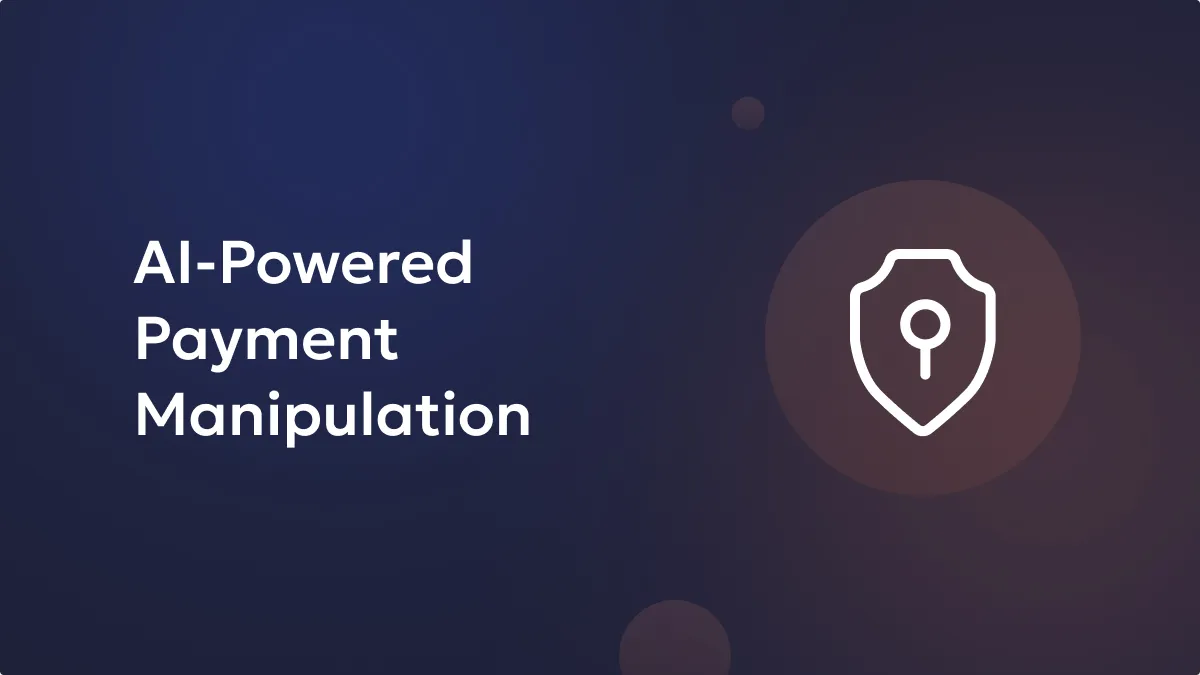Cryptocurrencies are a highly desirable asset class capable of bringing in bigger dividends than other types of investments. Investors looking to gain the most out of their funds thus, turn towards crypto. Picking the right coin or token to start raking in profits is not an easy task, however. Not all cryptocurrencies are made the same. While some never take off, some soar high and eventually crash, leaving many an investor disgruntled. The rest, however, stand the test of time through poor market conditions and net investors’ great returns as the markets rise.
Making sure that the assets remain valuable is a significant part of designing and developing a cryptocurrency. The most popular coins and tokens that remain firm despite the markets have underlying qualities that keep their demands up, with investors and users utilizing the asset’s underlying platform. The economics of crypto assets is important for their success and is referred to as tokenomics in the crypto world.
What Is Tokenomics?
Tokenomics is the parameters set by the creators of the cryptocurrency that define how it interacts with protocols and its users all the way from its issuance. Tokenomics is an important factor influencing cryptocurrency’s supply and demand. Ideally, well-defined tokenomics correlate to great demand for the asset, keeping them valuable always.
Unlock the potential of digital assets for your institution
Take Bitcoin, for example. The cryptocurrency remains highly relevant even a decade after its introduction and holds the highest value of any coin or token. While it has many things going for it, one of the main reasons for its relevance is its tokenomics. Bitcoin’s tokenomics define a hard cap on the number of BTC that can ever be in circulation — 21 million BTC. The finite supply ensures scarcity of the cryptocurrency, making it like gold or any other scarce asset. On top of Bitcoin’s scarcity, its issuance through its mining process is reduced in half, periodically, every four years. This allows the digital currency to remain deflationary and remain strong in value.
Ethereum, on the other hand, is more liberal with its supply. While there is no hard cap on the limit to the ETH in supply, there are caps to how many coins can be minted yearly. However, the protocol eliminates coins from its supply in a process called burning to introduce deflation to the increasing supply.
The Elements Of Good Tokenomics
As evident with BTC and ETH, which are the two biggest cryptocurrencies by value and market capitalization, good tokenomics are indispensable to the success of cryptocurrencies. Projects must work on figuring out ideal ways to maintain a balance between their native token’s supply and demand to prevent issues like hyperinflation or illiquidity. To achieve a working balance while keeping the assets valuable, most crypto projects implement certain elements to foster good tokenomics.
Secure and manage your digital assets with Liminal
Incentivization
Incentivization is an important aspect of a cryptocurrency’s tokenomics as it rewards users for efforts like taking part in protocol consensus or for staking liquidity into pools. The incentives are often provided by protocol native tokens. For instance, miners on the Bitcoin network are rewarded with BTC for keeping it robust. Incentivization on blockchain protocols is also used to mint and distribute cryptocurrency. Further, dApps like DEXs and borrowing platforms incentivize users to lock funds into liquidity pools with liquidity mining tokens. UniSwap rewards liquidity providers with the UNI token, which holds good value as UniSwap is the biggest DEX.
Incentivization encourages users to utilize protocols that bring genuine use cases and drive up the value of their native tokens in the process.
Supply
The amount of cryptocurrency in circulation, the cap (or lack thereof) on the amount, and how new cryptocurrency is introduced into circulation are very relevant to the asset’s demand. Minting assets haphazardly in abundance can lead to inflation, thereby negatively affecting their demand.
Bitcoin and Ethereum supply newly minted coins into circulation through their block creation process as incentives. The amount of coins entering circulation is kept constant, with Bitcoin and Ethereum adopting their own mechanisms to address inflation. Projects look to introduce scarcity to their crypto supply to increase demand.
Burning Mechanisms
Inflation is a real issue with the constant issuance of tokens into blockchain and dApp ecosystems. The increase in the number of assets eventually leads to the value of each unit diminishing. The rolling out of cryptocurrencies for incentive and utility purposes cannot be halted, obviously. So, cryptocurrency projects introduce mechanisms to remove cryptocurrency from circulation by sending them to wallets that can receive but not transfer funds. This process is known as cryptocurrency burning and is utilized by Ethereum to keep its supply deflationary.
Utility
The utility provided by tokens is another important element of its tokenomics. It is obvious that tokens that possess utility will gain more demand than those that have no utility. Coins and tokens are used to pay transaction fees, reward network participants, govern protocols, and rise in value because of the organic demand. Tokens that only rise in value due to hype are found to crash and never recover when the markets start taking a turn.
Tokenomics Is Highly Important For Cryptocurrency And Protocol Growth
Tokenomics is one of the most important factors guiding the success of any cryptocurrency. Without the right measures taken to maintain the demand for these assets, they eventually crash. Therefore, it is important for those acquiring crypto to understand the tokenomics of the coins and tokens to make better investment choices.
Simultaneously, tokenomics is of great significance to cryptocurrency protocols. Projects that implement their native tokens efficiently provide the necessary utility to the tokens, bringing extensive use cases. This attracts users to protocols and drives the value of cryptocurrencies immensely.
Learn more about Liminal here and keep yourself updated!






